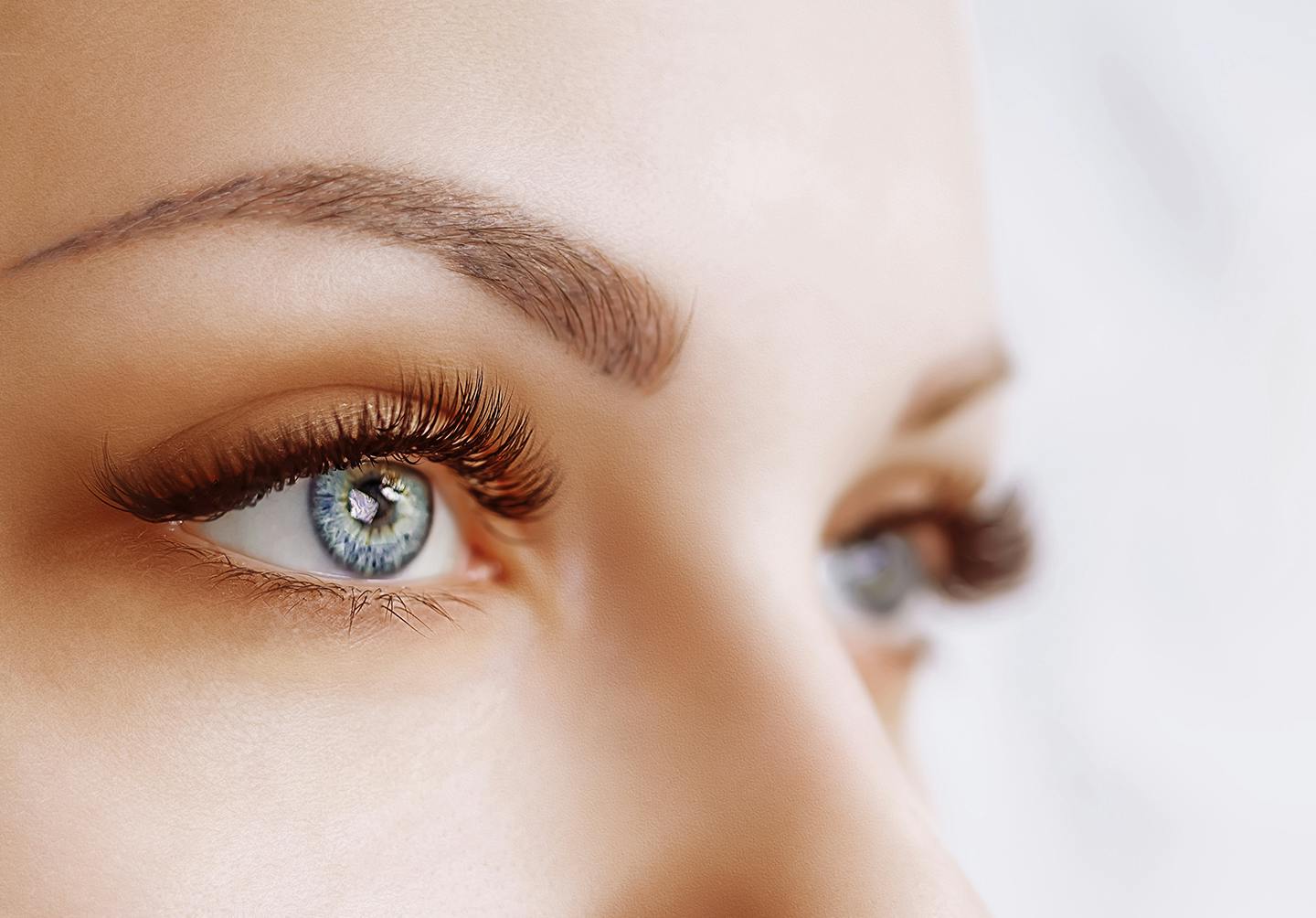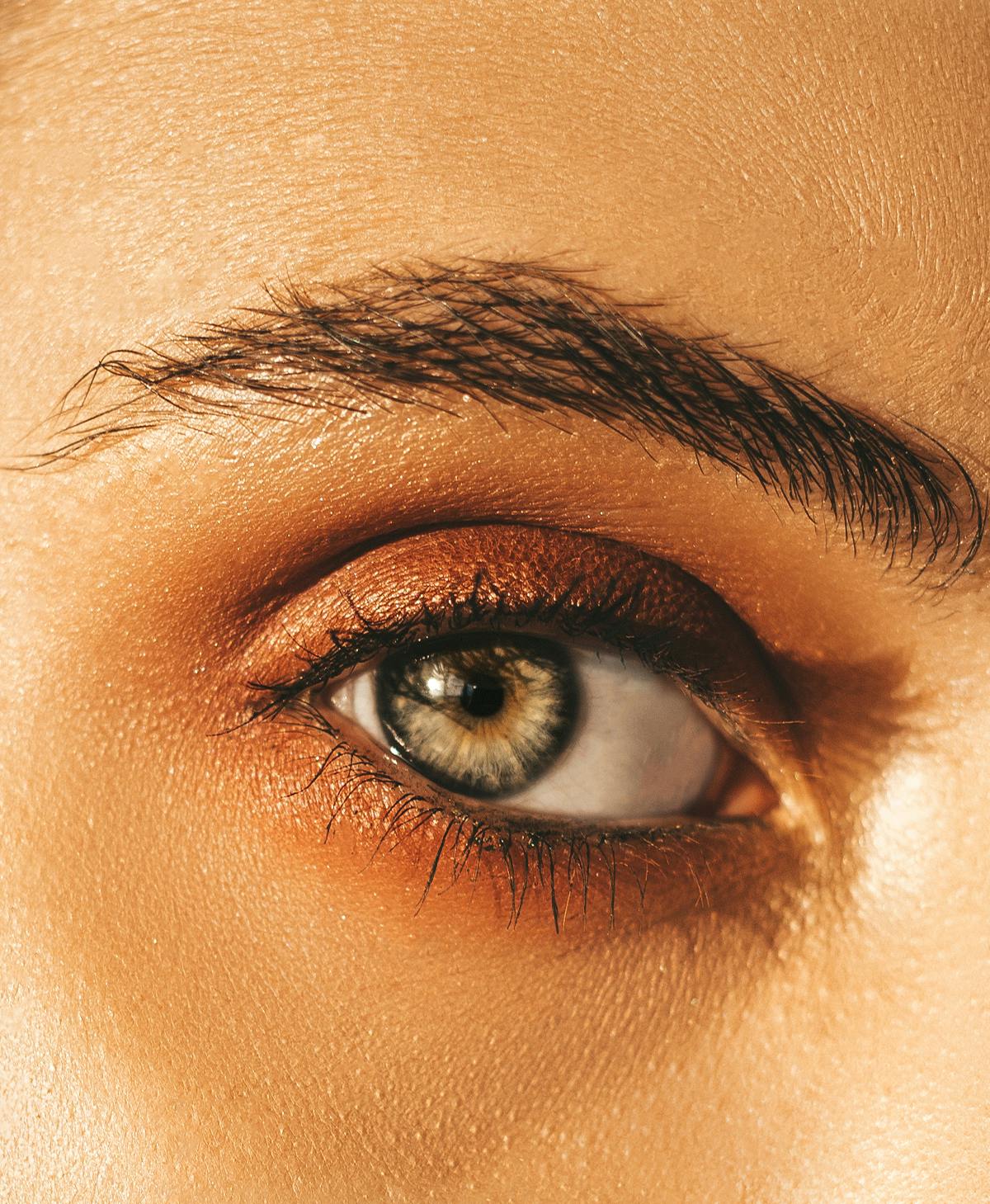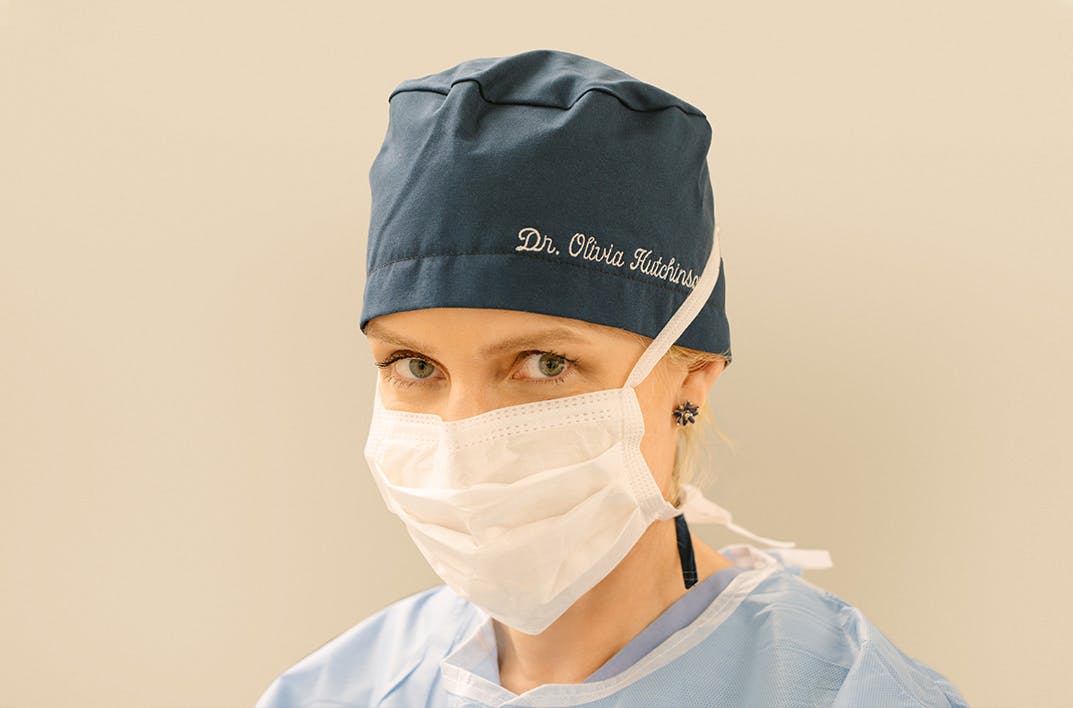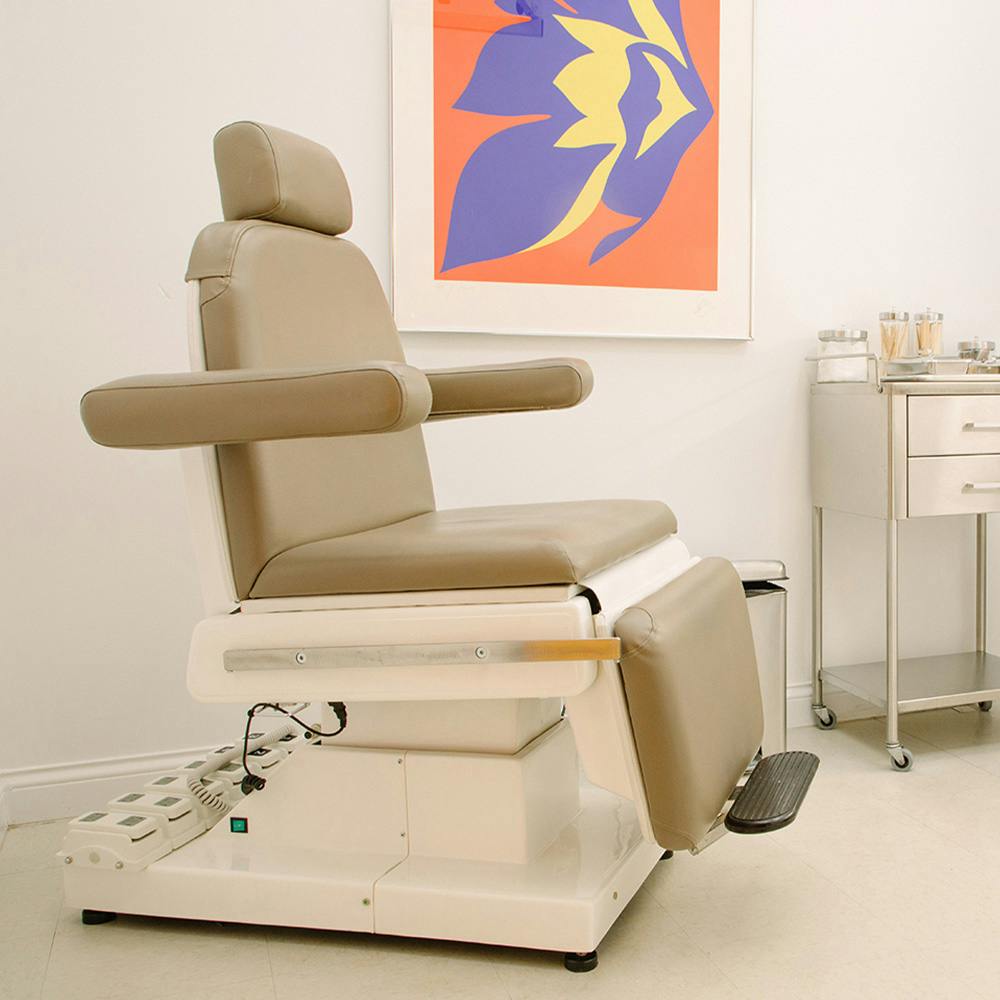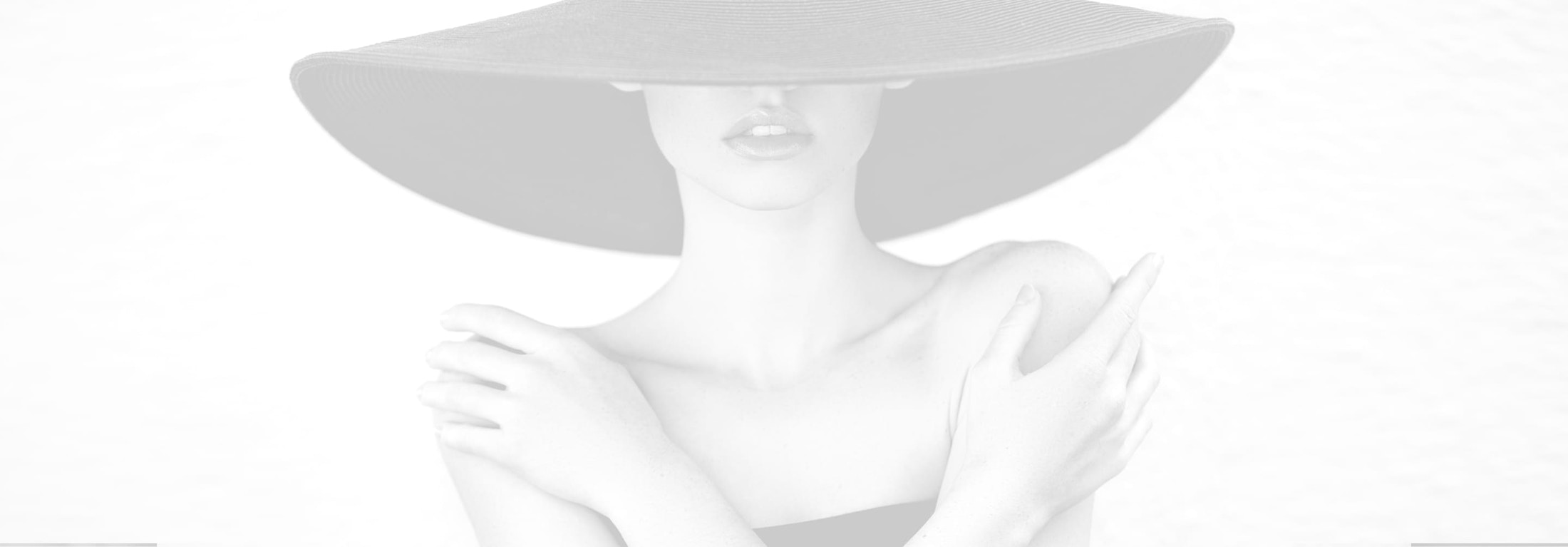By artistically restoring the natural contours of the upper and lower eyelids, blepharoplasty enhances your overall facial harmony, helping your appearance reflect the energy and vitality you feel within.
What is Blepharoplasty?
The delicate skin around your eyes is often among the first areas to show signs of aging, as it is thin and prone to elasticity loss. Over time, eyelid skin begins to sag, and the muscles supporting the eyelids weaken, resulting in drooping upper lids and puffy under-eye bags. Factors such as sun exposure, genetics, lifestyle choices, and environmental stressors can accelerate this aging process, making you look older or more fatigued than you feel. Blepharoplasty is a specialized surgical procedure designed specifically to address these concerns. It removes excess skin, tightens lax tissues, and eliminates puffiness, rejuvenating your eyes and restoring a refreshed, youthful appearance.


